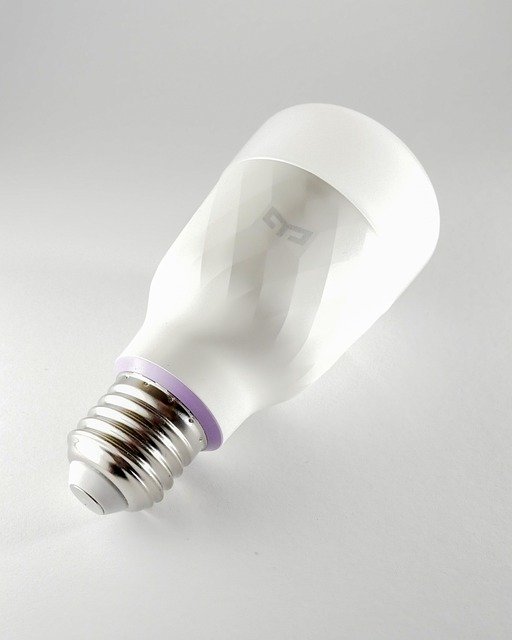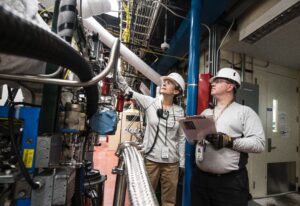Edison would have never thought that the series of experiments he conducted for the invention of the bulb would become obsolete in the future. Filament bulbs are now more like a historic vase rather than a source of light. They have now been taken over by energy savers, and most recently, LED lights have taken everyone by the spark. It is so because LED lights are not only power efficient but have more luminosity than energy savers, incandescent lights, and CFL bulbs. It is said that lighting is the fourth-largest energy consumer in any house, and it makes about 15-20% of the electricity bill. This means that by taking the right choice, one can control roughly 20% of the energy bill. LED lights being the most efficient, are for sure the only way by which one can cut down its electricity bill.
Advantages of LED Lights
The following are some of the reasons which tend to explain why you should choose LED lights over other commercially available options:
-
Energy Consumption
It is important to take notice of energy consumption as it is the prime factor by which our electricity bills are calculated. Below is the energy profile of the most commonly used energy bulbs:
➢ Incandescent Bulb = 60W
➢ Halogen Incandescent Bulb = 42W
➢ Energy Saver Bulb (Compact Fluorescent Light) = 15W
➢ LED Lights = 12W
It is quite clear that the energy consumption of one LED light is approx. 80% less than that of an incandescent bulb. So, this means that the cost you pay for lighting gets cut down by 80% only by switching to LED lights in place of typical incandescent bulbs. -
Lifespan
The typical lifespan of an incandescent bulb spans over approx. 1000hours, whereas the lifespan of a LED light is of about 25,000+ hours. If you normally use an incandescent bulb for about 3 hours daily, then it will get dim or die off in just a year. Whereas, if the LED light is used for the same time period, then it will easily work fine for about 25 years.
-
Brightness
In the early days, brightness was measured in terms of watts,i.e., more the watts, the brighter will be the light. But now as a lot of advancement has been put forward in this regard with the introduction of halogen incandescent bulbs, CFL and LED lights, brightness is now being measured in terms of “lumens.” By the factor of “lumens,” a typical 60W incandescent bulb can provide 700+ lumens. On the other hand, the same brightness can be provided by using a 10W Led light. Undoubtedly, LED bulbs are a sure shot way to reduce not only your energy consumption but your electricity bill too.
-
Color
In the times of incandescent bulbs, no one thought that they will ever get the choice to choose the color of the bulb they would like to install in their home/room. But with the virtue of technological spirits in the 20th century, it is possible. While typical incandescent bulbs glow only yellowish, LED, bulbs are readily available from the colors ranging from warm white to cool blue. So, LED lights are a for sure possession for fancy lights enthusiasts, and when it comes to the feature of being energy efficiency, assumingly, hardly can anyone neglect this offer.
Starting from the power consumption ending onto the lifespan and taking into consideration brightness and color, LED lights for sure supersedes typical household lighting. In today’s time, when energy resources tend to shrink and sustainability, along with energy conservation, has now become a sort of social cause, LED lights are nothing less than a blessing in disguise. Whether it is energy efficiency or fancy lights, it has everything that a typical house need.



